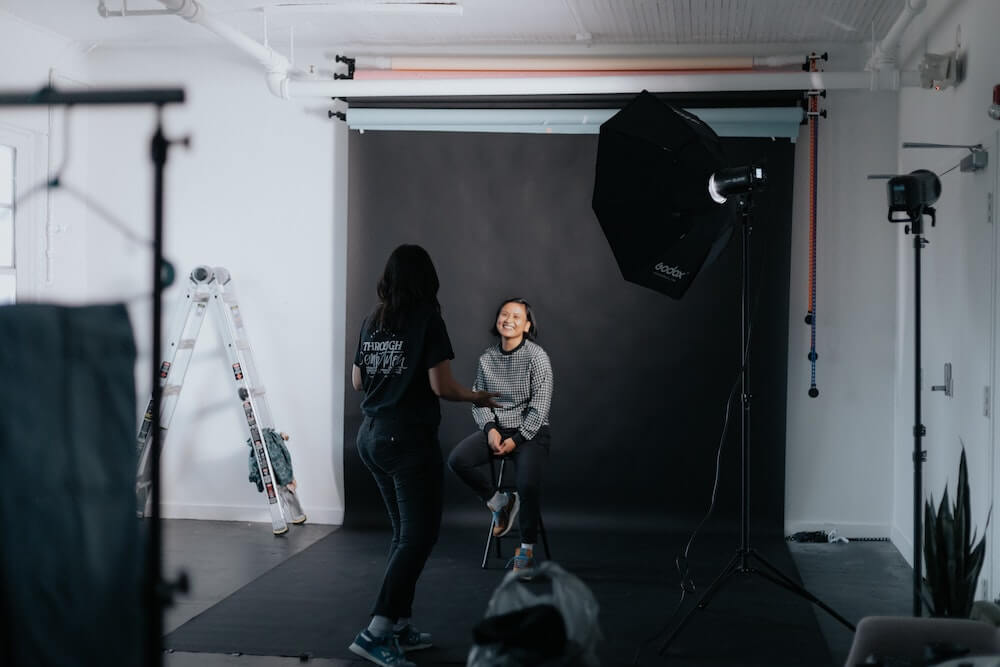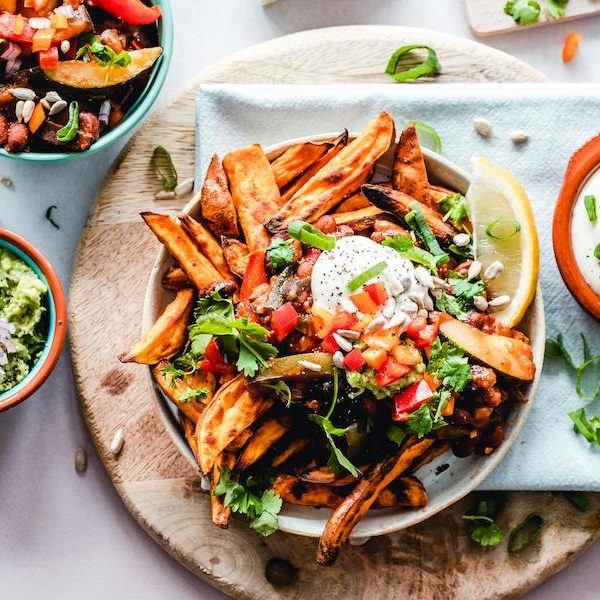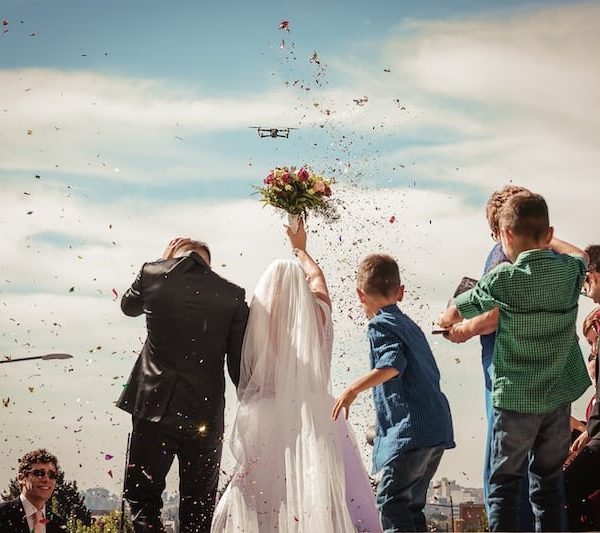Step by Step Guide For The Perfect Photo Studio
If you are into photography or you already are a professional photographer, you probably want to have your own studio. Creating the perfect photo studio is a daunting task that largely depends on the photographer.
There are many great photo studios that give photographers great results. Having your own photo studio allows you to really focus on the art form and you can take as many pictures as you want.
There will be much to consider when creating a photo studio. The following step by step guide should offer plenty of help especially for amateurs:
Location
The first thing you should decide about your photo studio is where it is going to be located. The location of the studio will be very important to your business.
The location of your studio will often be determined by your clients since you want to be as close to your market as possible. The rent you pay will also be a significant determinant.
Your studio might focus on taking family photos which might mean setting up close to the suburbs. On the other hand, if your business is mostly corporate, then you will want a studio in the inner city.
Budget
Once you have found a perfect location for your studio, you should create a budget. A photo studio is a massive investment and it is better to sort out the financial details beforehand. The main determinant of your budget will be how much equipment you need to set up a studio. An amateur photographer should not invest too much in gear but a professional photographer can go all the way.
Take stock of your business and determine how much you can really invest in a new studio. You should ensure that the budget covers everything so you don’t have to go into debt setting up the studio. The key is to stick to the budget.
Design
You have the place, you have the money and now to make the studio. Your next step is to determine how you want the interior design of the photo studio to be. The design of a photo studio should ideally help reduce your workload. You should design it for efficiency depending on how much space you have.
Photography equipment is typically moved around a lot so the design of the studio should take that into consideration. You should also consider the flooring of the studio as it will have a substantial impact on the lighting.
Lighting
The lighting of your studio is one of the most important elements to consider. The next step after figuring out your design should be to procure lighting equipment.
The best lighting for photography is natural light so you should see if you have it in the studio. However, the weather is not always agreeable so you will be using artificial lighting most of the time.
There are various types of lights including strobe lights, speed lights, and LED lights. The professionals behind circuitsathome.com/best-led-photography-lights explain that the right light showcases your subject’s best features. The aim of lighting is to attract the eye of the view to exactly what you want. You can also choose other forms of lighting to help you convey various messages and achieve different artistic results.
Gear
Based on your needs as a photographer, you will then decide what gear you need besides the lighting. Each photographer will have various equipment that they favor.
However, there are certain pieces of gear that every photographer will use, for example, a camera, tripod, editing tools, a hard drive to save pictures, and clean supplies for the equipment.
There are also some modifiers that you must have. A light modifier’s function is to spread the direction of light before it reaches the subject. Reflectors are a modifier that you should have. They bounce light back into the spot and can be found in many varieties.
Umbrella modifiers soften the hard light and are cheap. However, they are hard to control and often scatter the light. Softboxes are also vital as they help create a spotlight. You can hence highlight the subject without highlighting the backdrop.
Backdrop
You should choose the backdrop after selecting other facets of your studio. The reason is that a lot of photographers make the mistake of overlooking the importance of backdrops in photography.
They control the exposure and reflection of light. You have several options to choose from for backdrops including vinyl, paper, or fabric.
Setting up a photo studio is a serious matter that you should take the time to consider. The above guide should be sufficient to help you set up a basic studio. The definition of a perfect studio is different for every photographer. Just ensure it is perfect for you.
0




